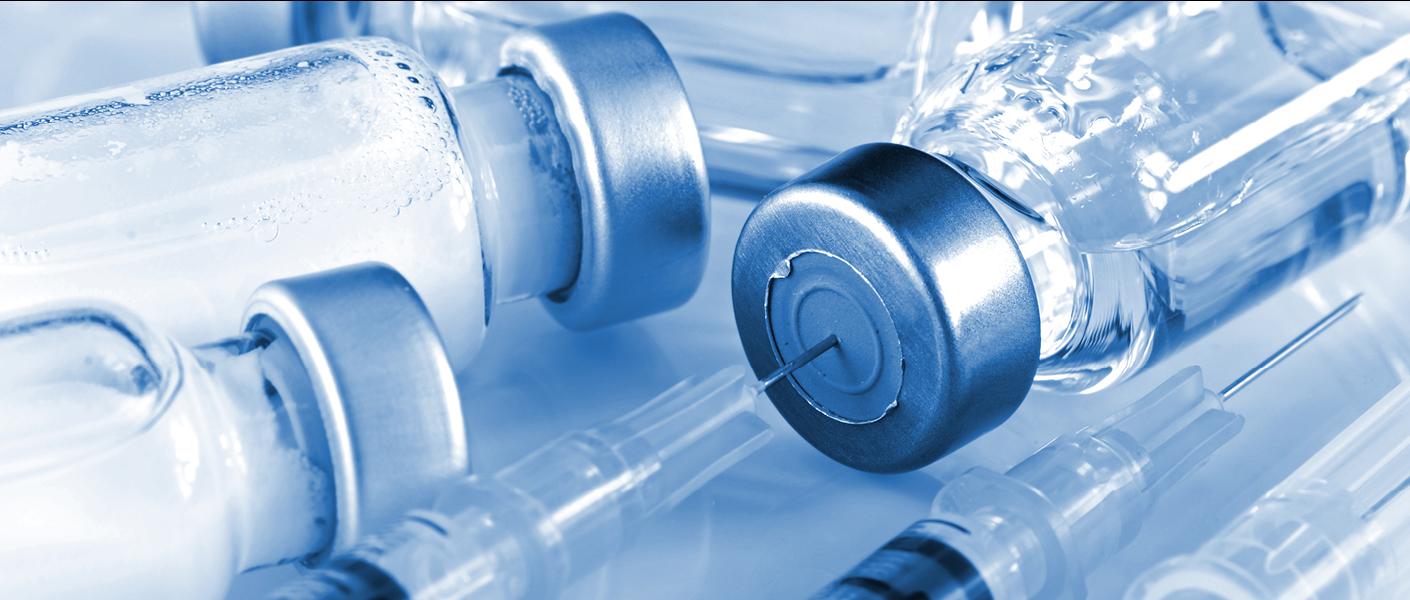
Making the Move: Migrating a Drug Product from Vial to Prefilled Syringe
Prefilled syringe (PFS) devices offer many benefits to both patients and healthcare professionals; from ensuring accurate dosing of medicine to offering better patient centricity and improved safety.
As the third and final blog post in this series, we’re continuing our conversation on the pharma companies migrating their parenteral drug products from traditional glass vials to PFS devices.
Here, we’ll focus on the technical aspects of this change, discussing the analytical requirements and screening requirements that must be followed when migrating a drug product from a vial to PFS.
Analytical Requirements
Developers migrating their drug product from a vial to PFS must carefully consider not only the physicochemical properties of their product, but also the potential impact on quality.
Before the drug product comes into contact with the PFS container closure, the closure must first be screened for suitable parts that won’t interfere with the integrity of the product.
Factors that must be considered during the selection process include:
- The nature of the drug product (small or large molecule)
- Formulation composition
- Sensitivity to oxygen in the headspace or oxidants which can impact potency and purity
- Headspace volume which can affect plunger stopper movement during shipping, therefore compromising closure integrity
- Siliconization levels, which can impact device functionality/promote aggregate formation on sensitive biologics
- Suitable container closure integrity testing
- Headspace analysis by frequency modulated infrared spectroscopy
It is crucial for these various analytical screening methods to be performed across all components of the PFS, such as barrels and plunger stoppers. They should also be carried out across ancillary facilities and equipment used during tech transfers into the PFS, such as stability chambers and lab batch scales.
Engineering and Commodities
Screening activities must be carried out in process development laboratories. Engineering/machinability trials are also required to test select parts in each specific fill line with the exact commodities needed.
Ordinarily, these screening activities are completed within 4–6 months. Afterwards, the programme can proceed to machinability or commodity suitability trials across the filling line.
Once these screening studies begin, manufacturers must check commodity availability with their vendor.
Ensuring a smooth roll-out requires manufacturers to establish experimental material availability and associated timescales as early as possible. Doing so will also help when it comes to scoping out the necessary design of experimental spaces.
A manufacturing subject matter expert team should also be on hand to provide guidance on selecting the correct parts to process the commodities, while leading activities to completion.
Depending on the current fill line configuration, the critical activities that must be carried out include:
Expected lead times
- Fabricating and delivering the vibrating plunger sorting bowl takes around 25–28 weeks, meaning the plunger stopper should be identified before ordering the fabrication.
- It can take up to two weeks for installation of required change parts, development of the filler format recipe, installing and fitting change parts, and ensuring solution volume accuracy and plunger placement requirements.
- Some inspection activities, both manual and automated, can take months to complete. For example, automated container inspections require thousands of samples to carry out feasibility and development studies, taking up to four months to complete.
Component Considerations
- Some coated plungers might be prone to wrinkling once inserted into the barrel, requiring additional trials to correctly set up the fill line.
- If a change in PFS size is needed, selecting a different syringe size will require change parts. Manufacturers should ensure that multiple sets are available to facilitate quick line turnaround for line set-up and safety back-ups.
- Controlling software and the handling parameters must be programmed to handle the new size for PFS fill lines equipped with E-beam capabilities that require tub size changes.
- Approximately 50,000 plungers are required for trial testing of the sorting bowl. For the change parts trials, another 70,000 PFS/plungers/rods sets are needed as well, which manufacturers must take into account.
As new validation activities are required for all new line parts, manufacturers should involve validation teams as early as possible to apply an appropriate approach. They must also prepare for impacted project timelines due to longer lead times for commodities.
By engaging with vendors early in the process, manufacturers may be more likely to secure a timely supply of required quantities.
Bringing an Improved Product to Market
There are many technical processes that must be followed when migrating a drug product from traditional vials to PFS devices.
Making this process a success requires close collaboration between pharmaceutical companies and their CDMOs, as well as concerted efforts across all quality, engineering, validation, procurement and regulatory departments.
By ensuring that their facilities and processes are correctly adapted, and making the right accommodations for testing, commodity preparation and realistic timelines, manufacturers can ensure the successful migration of their drug products into PFS devices.